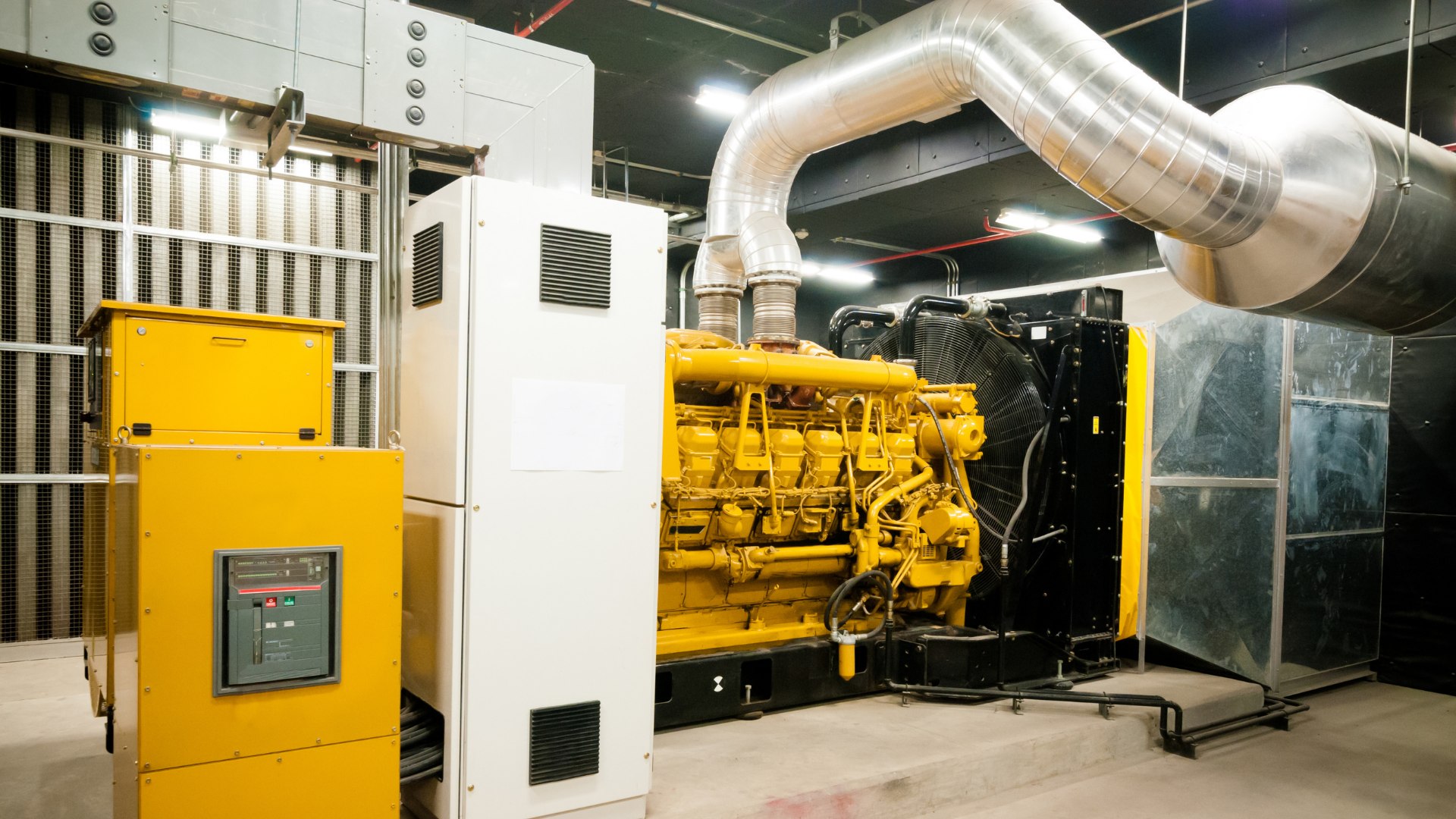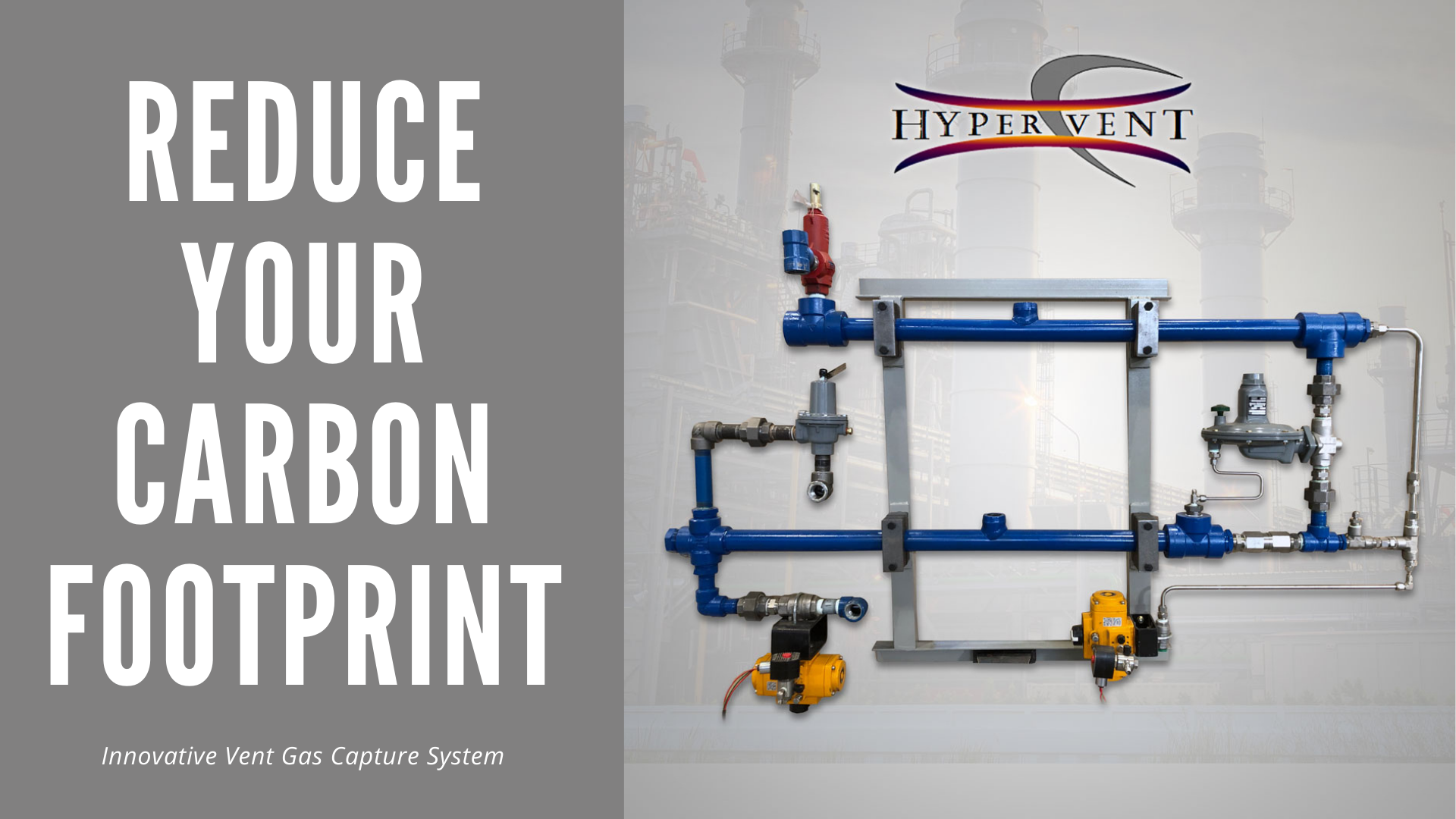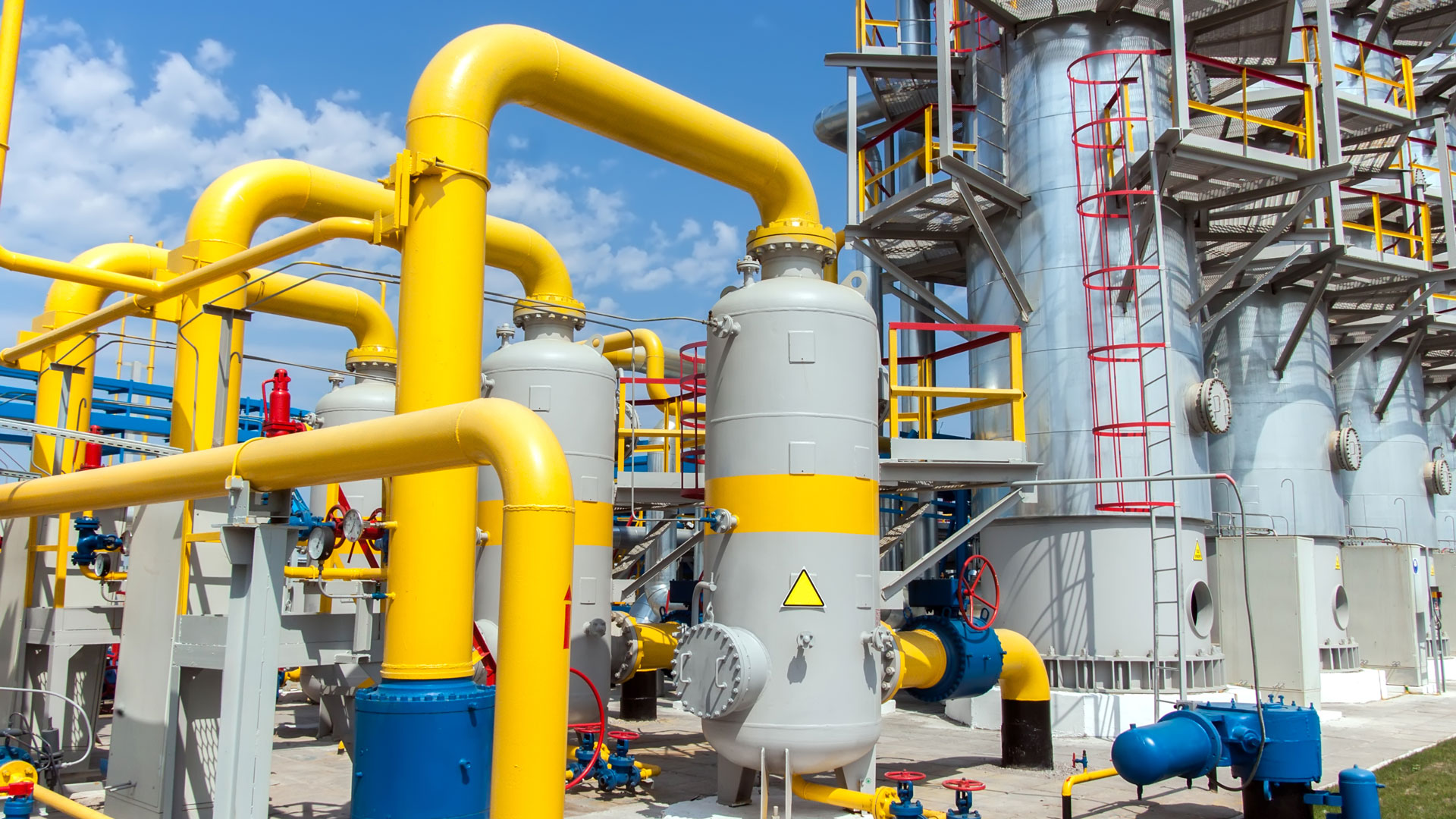
The process of choosing a power generation system is not an easy one. There are many factors to consider to make the right decision compliant with your business goals. The first step of that process would be to research and compare the different opportunities on the market. This may take a lot of time and effort, especially if you are unsure what exactly to look for when comparing different power generation packages. However, at 24/7 compression, we value your time, and we want to help you make an informed decision that will pay off in the future.
We created a list of the most important questions to ask when choosing a power generation system. If you have any questions or feel that you need a professional opinion on this one, contact us. We will gladly assist you in determining the best solution for your business.
Evaluate Your Demands
Generating the power that we need to power our homes, cities, and industries is more challenging now than ever before. This is because many of the traditional methods for power generation are no longer sustainable sources. At the same time, there are new needs for powering industries that are growing rapidly. That means that there are more challenges to overcome when modernizing how we generate power. Some of these challenges include developing better ways of matching power demands with available resources, identifying new sources that can be used more effectively, and creating customized solutions for our clients.
So, when choosing a power generator, it is crucial to evaluate your demands and business goals. So, here we give you some questions to discuss with your team in the project planning phase:
What is the Primary Purpose of the Power Generation System?
If your business requires you to buy a power generation system, we recommend discussing the different options with a professional to find the best solution for your business needs.
But if you are looking for a temporary or a backup solution for some time, you could review our rental program. We provide skid-type or trailer-type models with power ranges from 50kW to 2.0mW, and our experienced team would be happy to help you choose a power generation unit.
Other things to consider are:
-
What type of power generation systems are available to you based on your location?
-
Are there climate factors that you would have to consider?
-
Do you look for a general or customized solution for your business?
-
What other companies in your industry are choosing and why?
-
What is your price range?
Although all these factors are essential, one is crucial when choosing a power generation system.
What Type of Fuel Your Power Generation System Would Use?
At 24/7 Compression, we are committed to helping your business by analyzing your needs and finding the most efficient equipment for your company. To achieve that, we provide you with opportunities for custom Natural Gas, Diesel and Propane power generator packages from Belair Power.
Give us a call to discuss your current company needs and help your project be successful.
What Are the Main Components of a Power Generation System?
Imagine your power generation system as a combination of two main components: a generating unit and an engine. The generating unit conducts electricity using the principle of electromagnetism.
On the other hand, the engine turns the rotor using an internal combustion process.
Choose a Design Based on Your Needs
At 24/7 Compression, we know how important it is to find a solution that best fits your company's demands. Sometimes, this process may require additional help from us to discuss or analyze your business goals and current demands. We can design custom packages to support your project without compromising on deadlines. We can work in very short time frames, with included time for producing the approval documents your project needs.
Power Generation Efficiency Is Your Number One Priority
Although there are many opportunities on the market, we advise you to invest in a power generation system with proven high efficiency. With years of experience and excellent expertise, our team has the ability and resources to build for you a generator package focused on effectiveness. We are CWB certified and worked with small and large multiple-unit structures, often upgraded with many different features and options.
Building a power generation package is not an easy task. This is why we trust an experienced team of electrical technicians, who consider many factors when working for a client, including the available space, the future need for maintenance and the daily operational process. We believe that improvement comes with experience, and this is why we strive to be better with every package we design.
Use Custom Functionality Control Panels
A good power generation system needs to be efficient as well as functional. A huge step forward in this process is creating customized control panels that would allow your team to work with the system in an objectively easy way. In general, we build our packages in a way that would not require much input or deep knowledge, so each of your team members would feel confident to use our product.
Trust a Product That Has Passed the Proper Testing Process
Our efforts are to give you a high-functioning power generation system and a pleasant experience when working with us. In order to do that and have your power generation package working right on time, we conduct tests on all of our products, regardless of the fuel type they use. By doing that, we are making sure that you will receive the best quality service and package to use.
When investing your time and resources in choosing a power generation system, it is important for you to know all the basic requirements and functionalities that you need to understand. You do not have to be an expert, but have a trusted partner who could guide you towards the successful completion of this project. Contact us today, and we will design and build for you the power generation package your business needs.

Greenhouse gas (GHG) is a gas in the atmosphere that absorbs and emits radiation within the thermal infrared range. This process by which greenhouse gases trap heat in an atmospheric layer is also called the greenhouse effect or sometimes simply greenhouse. Greenhouse gases contribute to the warming of our atmosphere because they absorb the energy from sunlight and warm-up, rather like a greenhouse does.
Human activities such as burning fossil fuels (coal, oil and natural gas), manufacturing cement, clearing rainforest for agriculture and other things have increased greenhouse gases in our atmosphere. For example, greenhouse gases trap heat radiation near the Earth's surface – particularly over large flat surfaces such as cities and forests. The greenhouse effect is being accelerated by greenhouse gases, especially carbon dioxide from burning fossil fuels, cutting trees down and other human activities: the greenhouse effect has been enhanced so that it can no longer be kept in check.
What are greenhouse gas emissions?
Greenhouse gas emissions are greenhouse gasses released by humans into the greenhouse effect. Emissions are greenhouse gases released into the atmosphere when fossil fuels are burned or when trees are cut down. For example, greenhouse gas emissions can come from burning coal in power plants, natural gas in vehicles, and clearing forests for farming.
Who are the leading emitters of GHG?
In the oil and gas industry, greenhouse gas emissions are a genuine concern. Petroleum-producing Canada is home to some of the world's biggest greenhouse gas emitters. Though greenhouse gas emissions from Canada have been decreasing in recent years, this decrease isn't nearly fast enough for many environmental groups and governments. The same holds true for greenhouse gas emissions from the transportation industry.
Given the concerns about greenhouse gas emissions, many are looking for ways to reduce their carbon footprints. One way is by installing a vent system with greenhouse gas capture solutions. These systems allow greenhouse gases to be captured inside tanks and containers filled with liquids or solids. Natural gas or greenhouse gas that's captured can then be re-used for various purposes, including fuel and fertilizer production.
When greenhouse gases are captured, they can help with greenhouse gas offset projects in communities looking to improve their green image. But greenhouse gas capture solutions also provide oil and gas companies with valuable information that can be used to reduce emissions more efficiently over time.
What is natural gas?
Natural Gas is a combustible mixture of predominantly methane, and other gases, including ethane, propane, butane, and pentane. Natural Gas is found in the Earth's crust; it is produced by refining crude oil (petroleum) or extracting it from non-petroleum sources such as coal beds and decaying vegetation (wilderness). Natural gas is typically moved from its inception to end-users (stoves, heaters, etc.) through a series of pipes that make up an underground system called a gas distribution network.
Natural gas has become the largest single source of greenhouse gas emission globally due to its increasing use for electricity generation and home heating.
The capture and combustion of vented natural gas reduce greenhouse gas emissions by combusting methane and converting it to carbon dioxide, water vapour, and other combustion by-products. However, a portion of the vent gas may still be emitted if the collection system is not 100% effective or if the combustion device is not 100% effective at destructing methane.
HyperVent - an innovative vent gas capture system
24/7 Compression has a solution - HyperVent - to capture greenhouse gas emissions from natural gas sources and use the gas for various non-emitting purposes. The greenhouse gas emissions are collected through a vent gas capture system that can be fitted to almost any natural gas source.
Hyper Vent utilizes a subsonic, double-choke and gas to gas ejector. High-pressure motive gas passes through the ejector creating a suction port where zero pressure vent gas volumes are drawn in, mixed with the motive gas and discharged at a medium-pressure for non-emitting use.
How does HyperVent Work?
The HyperVent system is the ultimate in safety and efficiency. The zero governor or vacuum control regulator allows you to manage your desired backpressure while achieving high performance with a fixed-area ejector. In addition, it will continuously operate at optimal levels regardless of how much pressure there happens to be on hand; this means less wasted energy as well!
The constant release of methane into the atmosphere is a serious problem. Recovering this gas and using it as fuel for engines will reduce our environmental footprint and cut down on expensive retrofitting measures needed with traditional air/fuel ratio control systems.
Advantages of HyperVent
- Gathers vent gas without creating a backpressure on venting sources. Hyper Vent's innovative functionality provides total or individual inlet pressure control of one or more venting sources.
- No moving parts, motors, pumps.
- Does not require an additional control panel, uses local PLC tie-in or tight pressure switch control.
- Recovering engine fuel gas does not require additional air-fuel ratio control systems to be added.
- Hyper Vent has patent applications filed.
There hasn't been a better time to upgrade, especially if you're looking to reduce your carbon footprint! 24/7 Combustion is your solution, contact us today, and we'll help you reduce your greenhouse emissions in no time!

Have you ever noticed when you're drinking an ice-cold drink on a hot summer day, the outside of your glass is wet? This is because the air around the glass cooled, and water from the air condensed onto the glass; this is the dew point temperature.
What is a Dew Point?
The dew point is the temperature when the air changes its state, from vapour to liquid. When air reaches below the dew point temperature at a particular pressure, the fluid will condense. If you are above dew point temperature, the liquid will remain in a gaseous state.
What is a Hydrocarbon Dew Point?
When natural gas is extracted, it has a mixture of hydrocarbon and non-hydrocarbon components. For example, methane, a hydrocarbon component, typically makes up about 60-90% of natural gas mixed with other non-hydrocarbon components such as carbon dioxide or hydrogen sulphide. Depending on the wellheads, the composition will vary; this means that precise measurements of natural gas are essential to avoid damage to the equipment.
Hydrocarbon dew point (HCDP) is the temperature at which a hydrocarbon component condenses and changes its state from vapour to liquid. Also referred to as hydrocarbon liquid drop-out. The higher the HCDP means there is a higher proportion of heavy hydrocarbon components. This is important for pipeline operators. If there are too many hydrocarbons, there is a potential risk of condensation forming in the pipeline.
How to Measure Hydrocarbon Dew Point
There are a number of different techniques for measuring HCDP.
1. Cooled Mirror Dew Scope
This requires the operator to view a mirror over which the sample has flowed; it is then cooled. When the first drops of condensation begin is the temperature that is recorded.
2. Gas Chromatograph
This method is used to determine the concentration of each hydrocarbon element through the equation of state calculations. The condensing point of each component is identified and calculated to provide a hydrocarbon dew point for the whole mixture. However, there are limitations to this device, and the calculations can be inaccurate.
3. Automatic Optical Condensation Dew Point Analyzer
These instruments function similarly to the cooled mirror dew scope. The device has an optical surface with a depression which usually refracts light unevenly. A light is shined on this surface, and a photodetector looks at the image of the light shining back. A thermoelectric device cools the surface until condensation appears; this condensation alters the reflective properties of the surface. The mirror temperature is recorded with the desired level of condensation is seen.
Find the Equipment & Services You Need Here Today
At 24/7 Compression, we offer services and packages for any facility, large or small. In addition, we have knowledge and experience in hydrocarbon dew point control. Contact us today for your gas compression needs.

